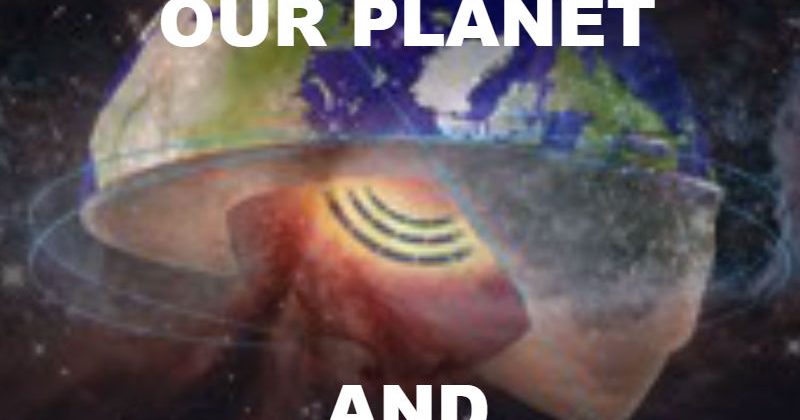
UNDERSTANDING OUR PLANET Q/A #4 – What facts make it probable that Earth’s core is composed of mostly iron?
UNDERSTANDING OUR PLANET Q/A - What facts make it probable that Earth’s core is composed of mostly iron? - The analogy for this fact is big magnet theory. The magnetic field of the Earth is more or less like that would be produced if there were a giant bar magnet at the center of the Earth. This assumption is obtained according to the fact that the earth is dynamic. Pressure and movement attached to metal (iron) will make a magnetic power to such metal. Since the earth have a magnetic field (gravitation), it is assumed that beneath the earth must be metal material. In this case, the most powerful metal to be given a magnetic power is iron.
The Earth's field sometimes switches polarity and compasses would point South. This happened last about 780,000 years ago and could happen again any millenia now. These facts confirm the existence of a fluid outer core made of pure metal. It is the motions in...
